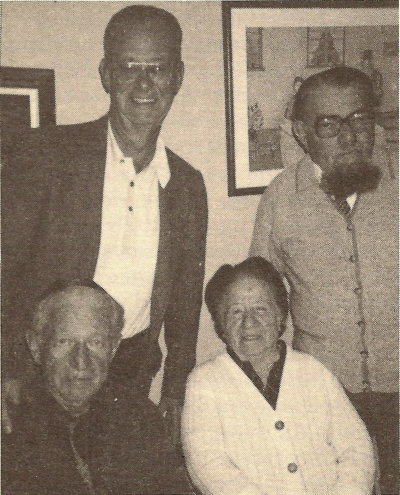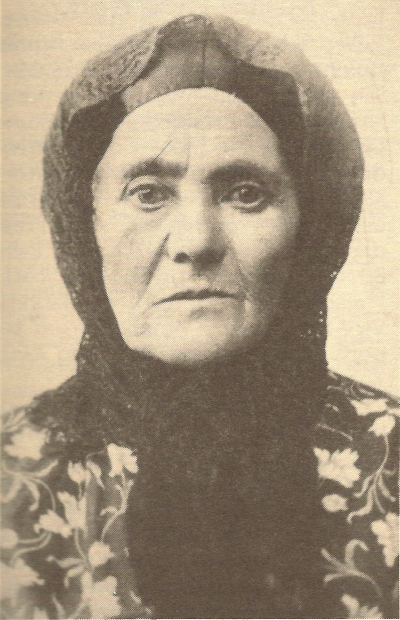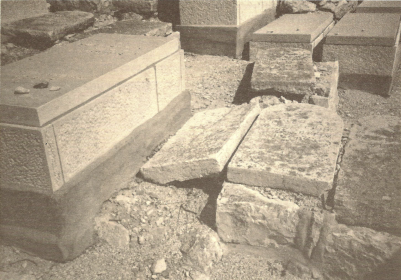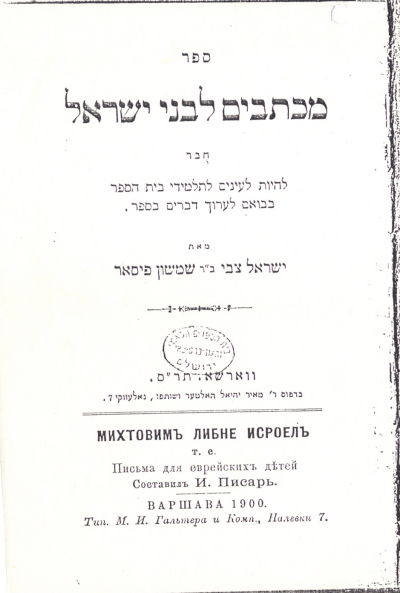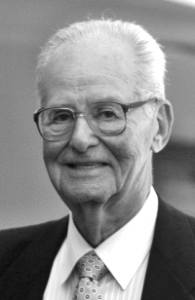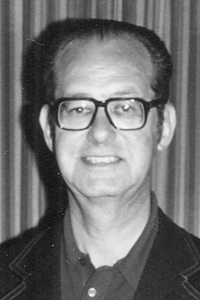A Family Tree Grows in Israel
Article written by Seymour Saltzman,
published in The Bridge, Vol.10, No. 2, Succoth 1986
[Newsletter of the Parents of North American Israelis organization]
Shortly after retiring last year from the practice of medicine, I heard a wonderful talk by Rabbi Harold Kushner of Natick, Massachusetts, on the subject, “What to Do with the Rest of Your Life.” I felt reasonably well prepared for this new phase of my life, but it was reassuring to hear the rabbi articulate all the good things that can come with retirement. One of his memorable statements was, “the agenda for the afternoon should not be the same as the agenda for the morning.”
In late February I embarked on my eighth trip to Israel, but the first of 4-weeks duration. The character of my recent trips had already changed to “visiting” rather than “sightseeing,” and, though my primary activities this time would certainly focus on my daughter, son-in-law and 7-month old grandson, I wanted something additional. To paraphrase Rabbi Kushner, the agenda for the eighth trip had to be different from the previous seven.
My interests in genealogy provided the solution. Early in our marriage I had to explain to Bernice how third cousin Simcha or Tanta Leah was related to us. The questions I asked my parents, aunts and uncles in order to make these explanations, led gradually to the development of a family tree, the organization of family reunions, publication of a family newsletter, and an ever increasing interest in our roots.
Growing A New Limb
On this trip I took three genealogical puzzles which held promise for solving in Israel. The first arose a few weeks before I left. I had contacted a cousin in Florida whom I hadn’t seen in 20 years, to update information on his “twig.” During our phone conversation he mentioned a mutual cousin living in Tel Aviv who had always been a blank line on my tree until then. My cousin in Florida knew her name, address, and phone number! I reached her easily and on my fourth evening in Israel, I and my daughter, Lisa, drove to Ramat Aviv to meet my first cousin, Dvora and her husband, a professor at Bar llan University.
I was not certain that Dvora, age 80, understood our relationship until she showed me a photograph and said, “This is my grandfather,” and I, who had never seen a picture of him, said, “Then he’s my grandfather, too!”
Incredibly, that same evening Dvora’s brother was also visiting her, a man who has lived in Buenos Aires, Argentina for 62 years and was on his first visit to Israel! I learned that yet another brother lives in Netanya. In one brief evening I added 25 blood relatives and a number of spouses to the tree, completing a five generation branch of my paternal grandfather’s family. I also acquired some valuable pictures to enhance the family album.
Seymour Saltzman, (standing left) meets his first cousins for the first time in March 1986. Seated left, Moishe Antopolsky of Buenos Aires, his sister Dvora and (standing right) Dvora’s husband, Prof. Moshe Aharoni. Meeting occurred in the Aharoni home in Ramat Aviv.
Unmarked Grave on Har Zeitim
Before my trip I also sought to update information on a branch of my mother’s family by visiting two elderly cousins (sisters) in Hartford. Reminiscing about their grandmother, Basha Feigel (my great-great aunt), they mentioned that this matriarch had decided, at the turn of the century when her six daughters left for America, that she would have none of that; instead she packed up and moved to Palestine. How she got there, where and how she lived is still unknown. Her granddaughters knew only that she was buried on Mount of Olives; that, in the past, several family members had unsuccessfully tried to find her grave while visiting Israel. I casually told my cousins I would make an attempt to find it.
How does one find a grave on Har Zetim when all one knows is the deceased’s name and the town in Russia she came from? Call the Hevra Kadisha, of course! But which one? The Jerusalem telephone book listed ten. We decided to try the first one: Ashkenazi Hevra Kadisha. Lisa placed the call. She reached Mr. Elazar Gelbstein and presented our information and request. He listened patiently, said he was momentarily busy but would look into it. “Well,” I thought, “that’s the end of that.” Five minutes later, Mr. Gelbstein called back. “I’ve found her,” he said. “Basha Feigel, daughter of Baruch Shkolnik.” I was amazed at my success!
Several days later I went to the Hevra Kadisha office in Jerusalem and met Mr. Gelbstein. He gave me detailed instructions and a map indicating the exact location of the grave. He told me, further, that the grave has never had a memorial stone on it which is why other seekers never found it. Later that day I stood at the grave of Basha Feigel and photographed its location. I felt deeply moved, knowing I had an ancestor, dead since 1907, buried in this hallowed place, and I was the first in a family of over 500 members to see her grave.
Basha Feigel Shkolnik. Taken in Russia before 1900.
A slanting slab with no inscription covers the grave of Basha Feigel Shkolnik, buried on Mt. of Olives in 1907. A burial society in Jerusalem helped Seymour Saltzman, her great-great nephew, find the grave in March 1986.
Two Precious Books
My third adventure in genealogical archeology happened because I am married to the editor of The Bridge. Shortly before I left for Israel, Bernice received a request from the Jewish National and University Library at Hebrew University for back issues of The Bridge missing from the Library’s collection. I agreed to deliver them personally to the Periodicals Department. After I presented them to the responsible librarian, I asked if it was possible to find a book written by my maternal grandfather for his students. Long ago, an uncle had told me this book existed and was in “a library in Jerusalem.”
I gave the librarian all the information I could think of, including the fact that my grandfather had been his shtetl’s reporter for the Hebrew newspaper, HaMelitz. This lovely lady personally conducted me to the card catalog room. Enlisting the help of other personnel, she found the card for his book; she also found the card for the Memorial Book of Yanova, my grandfather’s hometown, another book I was anxious to find. Within minutes she had retrieved both books. She quickly made a photocopy of my grandfather’s book, (only 48 pages) written in Hebrew and published in Warsaw in 1900. Then we scanned the Yanova Memorial Book and found a number of his HaMelitz articles reprinted there. This led to the University’s bound volumes of HaMelitz and obtaining photocopies of the original Hebrew articles my grandfather wrote 100 years ago.
All of this would surely have been enough, but by now several of the library staff had become involved in my research, so I asked yet one more question: did anyone know here I could purchase a copy of the Yanova Memorial Book? I was quickly introduced to Dr. Mordechai Nadav as someone who could probably get a copy for me. Dr. Nadav asked why I wanted the book. I explained that my family came from Yanova and the Memorial Book contained articles by my grandfather. He looked at me incredulously and said, “my father, who died two months ago, was one of your grandfather’s pupils.” Dr. Nadav’s family as also from Yanova; he was, in fact, editor of the Memorial Book and familiar with everything my grandfather had written!
Our daughter’s aliyah followed her participation in the Young Judea Year Course that started three weeks before the Yom Kippur War. At that time I knew only vaguely that I had “a few cousins” in Israel. Each time I visited I contacted more and more of them. I am now connected in warm and wonderful relationships to cousins on my mother’s mother’s and father’s side and on my father’s father’s side. My family tree has grown luxuriantly because my daughter decided to live in Israel!
Cover of book written by Israel Zvi bar Shimson Pisar:
Letters to the Sons of Israel – A Guide for School Pupils as They Learn to Write
